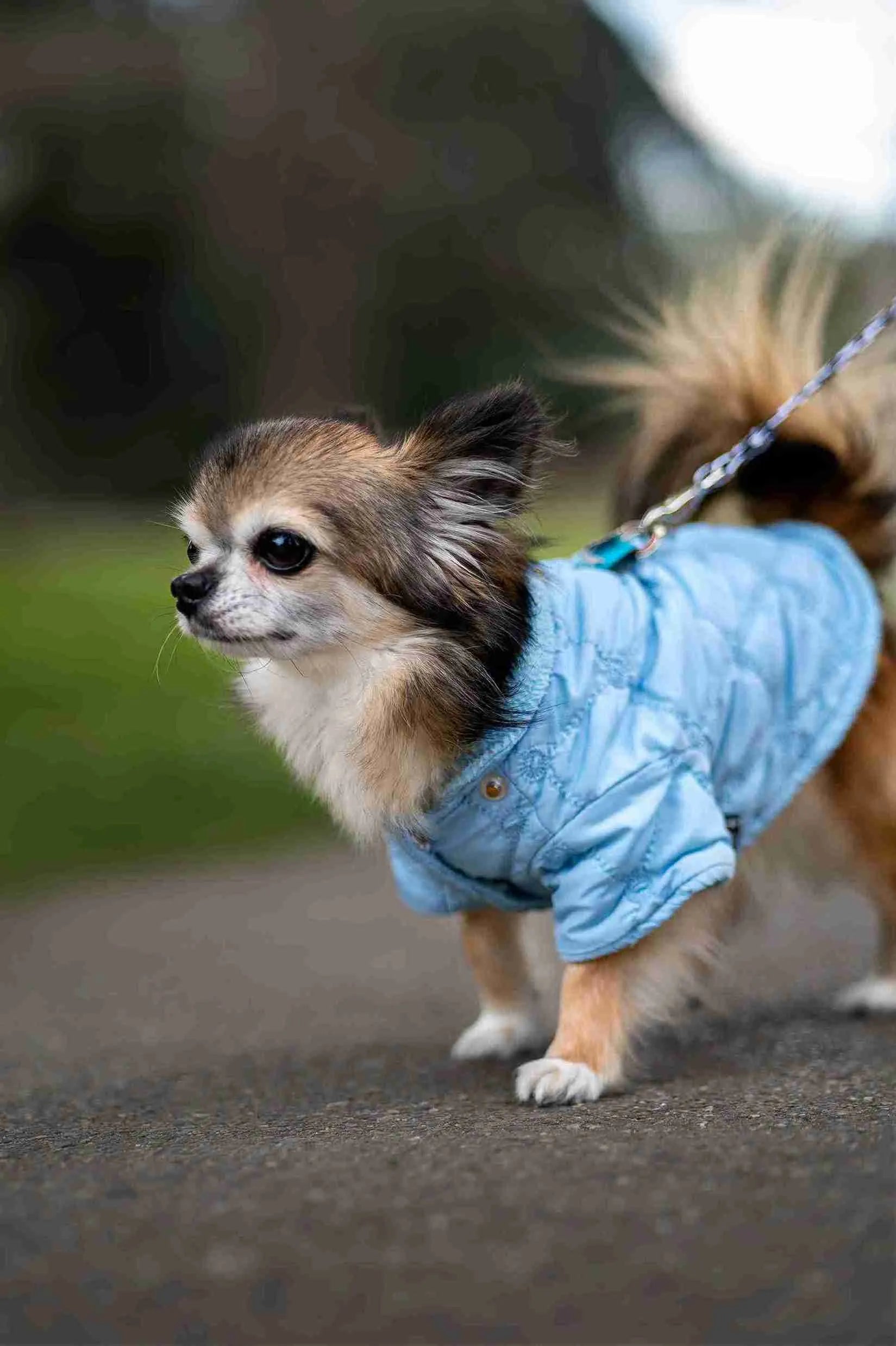Chihuahua
America’s Tiny and Spirited Companion
1. Introduction to the Breed
The Chihuahua, securing the #30 spot in the 2024 American Kennel Club (AKC) rankings, is a tiny and spirited breed cherished for its bold personality and compact size. Known as the smallest dog breed, Chihuahuas captivate with their big-eyed charm and feisty demeanor, making them a favorite among urban dwellers, seniors, and small-dog enthusiasts. Their portability and lively nature make them ideal for apartments or cozy homes, where their outsized character brings energy and devotion.
2. History of the Breed
Originating in Mexico, likely from the ancient Techichi dogs of the Toltecs, Chihuahuas were named after the state of Chihuahua, where they were discovered in the 19th century. Popularized in the U.S. by the early 20th century, they were recognized by the AKC in 1904. Their fame grew through media, including as Taco Bell’s mascot and in films like Legally Blonde. Chihuahuas remain beloved for their companionable nature, excelling as lap dogs and in dog shows with their distinctive charm.
3. Physical Characteristics
- Typical Size and Weight: Chihuahuas are toy-sized, standing 5–8 inches tall at the shoulder and weighing 2–6 pounds, with a delicate, compact build.
- Coat and Color: They have two coat varieties: smooth (short and glossy) or long (soft and wavy), in colors like fawn, black, white, chocolate, or multicolored patterns. Both types shed moderately.
- Distinctive Features: Chihuahuas have a rounded “apple” head (or deer-shaped in some), large, expressive eyes, and erect or floppy ears. Their slender legs and short tail enhance their dainty appearance.
4. Personality Traits
Chihuahuas are bold, affectionate, and alert, with a confident personality that belies their tiny size. They form strong bonds with their owners, often becoming “velcro dogs” who prefer close companionship, but may be wary of strangers or young children. Their vocal nature makes them effective watchdogs, frequently barking at unfamiliar sounds. Chihuahuas are intelligent but can be stubborn, suiting owners who provide consistent training and ample attention to prevent separation anxiety or excessive barking.
5. Care Requirements
- Exercise Needs: Chihuahuas need 20–40 minutes of daily exercise, such as short walks, indoor play, or light fetch games. Mental stimulation through training or puzzle toys keeps their sharp minds engaged.
- Grooming Needs: Smooth-coated Chihuahuas require weekly brushing, while long-coated ones need daily brushing to prevent matting. Regular ear cleaning, nail trimming, and dental care are crucial, as they’re prone to dental issues.
- Dietary Considerations: A small-breed diet with high-quality proteins supports their energy and coat health. Portion control prevents obesity, and foods with omega fatty acids reduce skin sensitivities. Avoid table scraps to maintain dental and digestive health.
6. Health and Lifespan
Chihuahuas have an average lifespan of 14–16 years. Common health issues include dental disease, patellar luxation, hypoglycemia, and tracheal collapse. Their small size makes them prone to injuries from falls or rough handling. Regular vet checkups, dental cleanings, and genetic screenings mitigate risks. Owners should monitor for coughing, limping, or low energy and ensure a safe environment to protect their delicate frame. A balanced diet stabilizes blood sugar.
7. Training and Socialization
Chihuahuas are intelligent but can be stubborn, requiring patient, positive reinforcement training with treats or praise. Short, engaging sessions keep their attention, as their bold nature may lead to distraction. Early socialization ensures comfort with strangers, children, and other animals, reducing excessive barking or shyness. Teaching commands like “quiet” and “stay” helps manage their vocal tendencies. Consistent training prevents “small dog syndrome” and fosters a well-mannered Chihuahua.
8. Ideal Home Environment
Chihuahuas thrive in apartments or small homes, making them ideal for urban dwellers, seniors, or singles. Their tiny size suits cozy indoor spaces with soft bedding for warmth, as they’re sensitive to cold. A secure, small yard is sufficient for light play, but they prefer staying close to their owners. Owners should provide a nurturing, safe environment to prevent injuries and separation anxiety, ensuring a warm setting for their companion-driven nature.
9. What’s the Best Toy for My Chihuahua?
Chihuahuas enjoy toys that suit their bold, playful nature and tiny size. Soft chew toys made of gentle rubber satisfy their mild chewing instincts, providing 10–15 minutes of engagement, especially when stuffed with treats for light mental stimulation. Plush toys without squeakers are ideal for cuddling or gentle tossing, perfect for 10–15 minute indoor play sessions to match their moderate energy. Tiny, lightweight balls for rolling encourage light chasing, suitable for their delicate build. Interactive puzzle toys with treat compartments engage their curious minds, keeping them occupied for 10–15 minutes indoors. Avoid hard or oversized toys that could harm their tiny jaws. Rotate toys regularly and pair with gentle games to maintain engagement.
10. Adoption and Breeder Tips
Choose breeders affiliated with the Chihuahua Club of America, ensuring health clearances for knees, heart, and eyes. Visit the breeder to assess puppy health, meet parents for temperament insights, and confirm ethical practices, including socialization and clean facilities. Rescues like Chihuahua-specific organizations offer adoptable dogs, often with known histories. Avoid puppy mills, as Chihuahuas are prone to health issues if poorly bred. Ask about genetic testing, coat type, and socialization practices to ensure a healthy, well-adjusted dog suited to your lifestyle.
